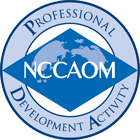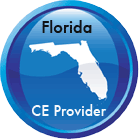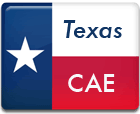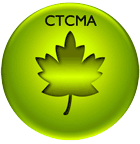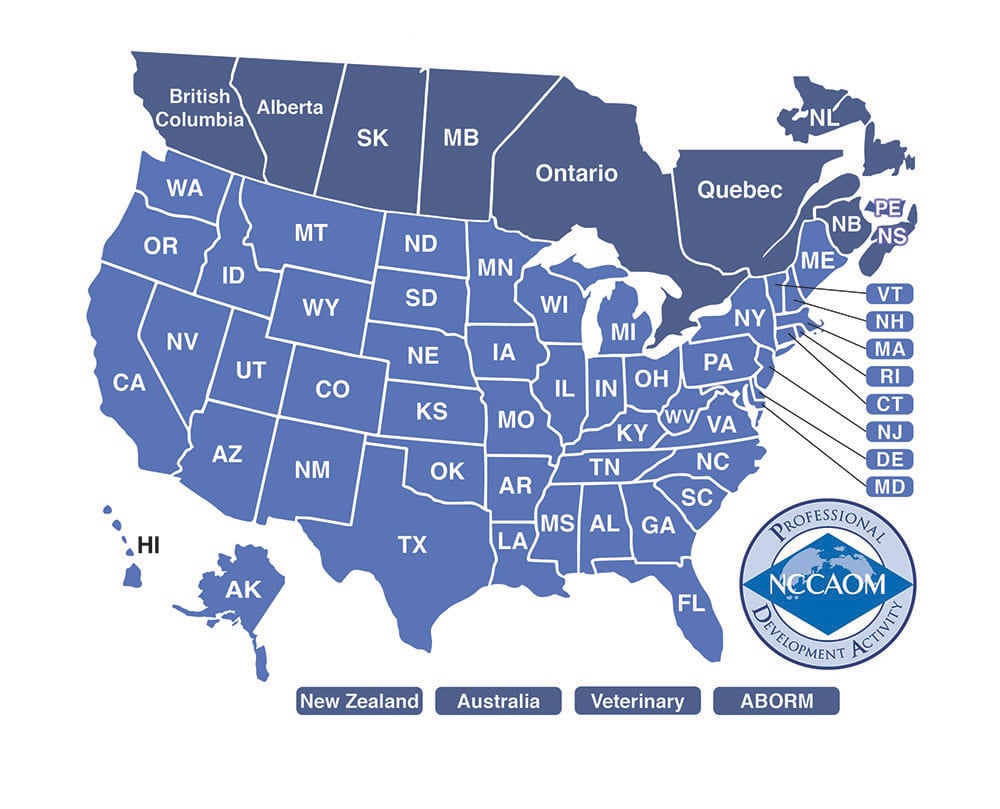Safety - Medical Errors #1
Sample of Course Material
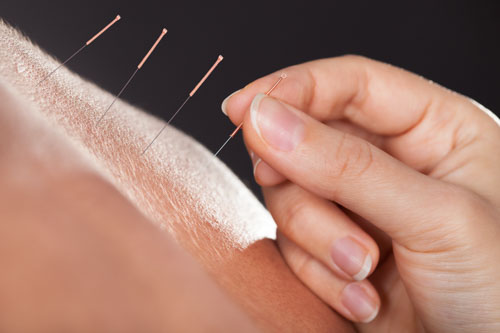
This course is a basic overview of medical error issues. The following is an excerpt from the course materials:
Introduction
Preventable Medical Errors is one of the biggest concerns presently affecting US healthcare. Preventable Medical Errors include such things as adverse events (AEs), adverse drug events (ADEs), fatal drug events, misdiagnosis, incorrect treatment or surgery, failure to treat, treating the wrong patient, and preventable infections and deaths. These outcomes occur in clinics and institutions due to error and neglect. According HealthGrades, a leading third party evaluator of hospitals and resource for health professionals, nearly 1 million patient-safety incidents occurred in US hospitals between 2006-2008. The cost of preventable medical errors in hospitals is about $9 billion annually. Adverse drug events are the most common health problem with as many as 1.5 million ADEs occurring in the US annually.
All healthcare providers, whether they are allopathic or complementary, are responsible for providing a safe environment for patients to heal. Whether the provider is an acupuncturist, therapist, physician, or nurse, the basic tenet of do no harm governs our work. As acupuncturists, we particularly need to be aware of potential risks and seek to avoid them because many of our patients seek complementary medicine when they feel allopathic medicine failed to meet their needs.
Consider this story:
A female patient in her early-fifties was suffering from metrorrhagia, uterine bleeding at irregular intervals. She had been bleeding daily for 6 months. During that time, she was seeing an acupuncturist and receiving herbs as well as acupuncture and Tuina treatments. She also had been researching natural hormonal remedies on her own but not taking any other products besides the herbs. During the six month period, her condition worsened. She became pale, had memory problems, and low energy and fatigue. Also, during the six month period, she fell and broke her arm. Needless to say, she was also emotionally distraught.
One day she went to the airport to pick up a friend, who was a physical therapist. The friend noticed how pale and fatigued the patient appeared and that “something” just did not seem right. The friend suggested the patient to go to the doctor that day if possible. The patient went to the emergency room after leaving her friend. The emergency doctor order lab tests and completed a physical examination. The lab results indicated her hemoglobin count was significantly below 7 g/DL. The patient had lost so much blood from the metrorhagghia that a blood transfusion was necessary. The attending emergency room physician said at the rate the patient was going, she could have died within a matter of days.
This patient was concerned her acupuncturist had not realized how bad her condition had progressed. Only one day prior to the emergency room visit, she had seen her acupuncturist.
Fortunately, this is not a common story. However, it does illustrate as healthcare practitioners, acupuncturists need to be timely in applying the proper intervention and making referrals. Negligence can occur due to failure to act as well as committing an inappropriate action.
The most important maxim of Western medicine comes from the ancient Greeks: “Primum non nocere”- first do no harm. The ancient Chinese also subscribed to a similar view. So how can modern healers adhere to this commitment?
As a caregiver, some important questions we must first consider include:
What are the clinical risks?
In what ways are patients harmed?
How can practitioners prevent mistakes?
How frequently are patients harmed in the acupuncture setting?
How do we prevent the spread of disease and infections, which is a major concern in conventional healthcare?
What are the privacy requirements and the ethical concerns?
Most importantly, how can practitioners learn from mistakes?
Awareness and proactive action are primary tools in minimizing medical mistakes. In this section of the course, we will cover legal issues, regulatory requirements, and research issues. We will also learn some important legal terminology.
In the second part of this course, we will look at how an acupuncturist can be proactive in the clinical setting in communicating, referring patients, preventing infections, and avoiding clinical errors. In comparison to other medical practices, acupuncture risks are low. Nonetheless, acupuncturists still need to be aware of safe practices and standards of care to protect themselves and their patients. Additionally, the issue of minimizing and preventing medical errors is not just about safety in the acupuncture setting but also about the quality of care. In this course, we will point out heuristics (rules of thumb) to serve as memory aids for you after completing this course.
One main issue in the profession is that many acupuncturists work in small single practitioner offices and some of the concerns larger clinics and hospitals experience are irrelevant. However, as the profession continues to expand, the issues larger institutions face may increase for the profession.
Legal, Regulatory and Research
Whether a large or small clinic, there are some general legal and regulatory requirements for safe practice in the acupuncture setting. Safe medical practice in any setting begins with the management of the organization. It requires a systems approach and attitude of safety first.
More in course materials...
